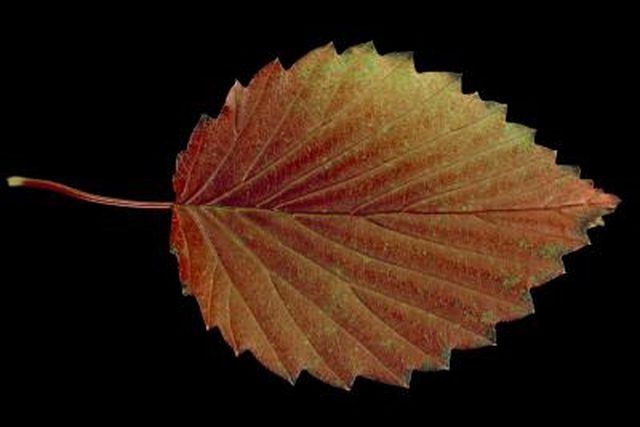Bulbs
Flower Basics
Flower Beds & Specialty Gardens
Flower Garden
Garden Furniture
Garden Gnomes
Garden Seeds
Garden Sheds
Garden Statues
Garden Tools & Supplies
Gardening Basics
Green & Organic
Groundcovers & Vines
Growing Annuals
Growing Basil
Growing Beans
Growing Berries
Growing Blueberries
Growing Cactus
Growing Corn
Growing Cotton
Growing Edibles
Growing Flowers
Growing Garlic
Growing Grapes
Growing Grass
Growing Herbs
Growing Jasmine
Growing Mint
Growing Mushrooms
Orchids
Growing Peanuts
Growing Perennials
Growing Plants
Growing Rosemary
Growing Roses
Growing Strawberries
Growing Sunflowers
Growing Thyme
Growing Tomatoes
Growing Tulips
Growing Vegetables
Herb Basics
Herb Garden
Indoor Growing
Landscaping Basics
Landscaping Patios
Landscaping Plants
Landscaping Shrubs
Landscaping Trees
Landscaping Walks & Pathways
Lawn Basics
Lawn Maintenance
Lawn Mowers
Lawn Ornaments
Lawn Planting
Lawn Tools
Outdoor Growing
Overall Landscape Planning
Pests, Weeds & Problems
Plant Basics
Rock Garden
Rose Garden
Shrubs
Soil
Specialty Gardens
Trees
Vegetable Garden
Yard Maintenance
My Snowball Bush Doesn't Bloom
My Snowball Bush Doesn't Bloom. The specific bloom times for "snowball bushes"---a name that most often refers to viburnums---vary by species, ranging from late April to early June. If a snowball bush isn't covered with blooms during its appointed time, one factor or more may be to blame.

The specific bloom times for "snowball bushes"---a name that most often refers to viburnums---vary by species, ranging from late April to early June. If a snowball bush isn't covered with blooms during its appointed time, one factor or more may be to blame.
Identification
Three varieties of viburnum---European viburnum (Viburnum opulus roseum), Japanese viburnum (V. plicatum) and Chinese viburnum (V. macrocephalum)--- display snowball-like flowers. They produce white, globular flowers for a week to 10 days each spring.
Environmental Considerations
Viburnum buds form in the fall and survive cold weather wrapped in thick sepals. A few early warm days or a late freeze confuses the shrub's natural sense of timing. Depending on the timing and duration, the variation may either reduce or eliminate blooming. Too much shade will also limit blooming. Viburnum needs at least six hours of sun each day.
Cultural Factors
Viburnum, like other spring bloomers, must be pruned immediately following blooming. Fall and spring pruning remove the wood and buds necessary for the plant's spring blooms. They may also not bloom the first year after they have been planted. Renewal pruning in spring will limit blooms for several years. Too much nitrogen may also limit blooms by forcing foliar growth. Garden fertilizer with little or no nitrogen is recommended.